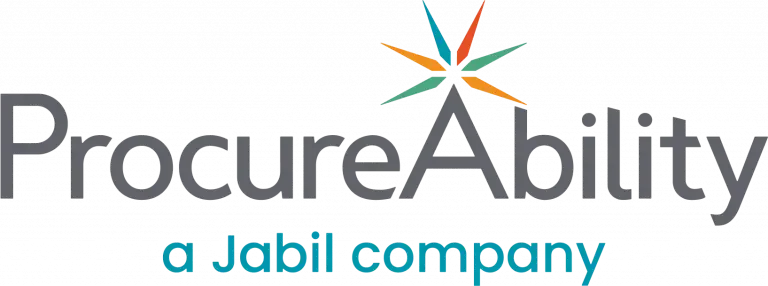
In strategic sourcing, cost often plays a major role—but it shouldn’t be the only deciding factor. Awarding a contract purely on price can create operational inefficiencies, missed deadlines, or quality issues. Leading procurement teams take a more holistic, data-driven approach by using RFP award scenarios to identify the supplier that delivers the best overall value.
Step 1: Build a Weighted RFP Scorecard
Start by creating a scoring matrix or supplier evaluation scorecard that covers all relevant sourcing criteria. Assign a weight to each criterion based on its importance to the project or category. This ensures a consistent, transparent, and objective evaluation process.
Common Supplier Evaluation Criteria:
- Total Cost of Ownership (TCO)
- Product or Service Quality
- Sustainability / ESG Compliance
- Speed of Delivery or Lead Times
- Warranty and Support Terms
- Contract Terms and Conditions
- Supplier Diversity and Inclusion Goals
This structured approach not only enables objective supplier comparisons, but also helps teams align sourcing decisions with broader business goals such as cost optimization, risk mitigation, and ESG performance.
Step 2: Analyze Award Scenarios
Once bids are submitted and scored, procurement teams can simulate various award scenarios to identify the most strategic option. Below are four commonly used award types:
1. Lowest Price Award: This approach selects the supplier offering the lowest bid, regardless of other factors. It is often appropriate for commoditized categories such as IT hardware or office supplies, where specifications are consistent across suppliers and fulfillment risk is low.
2. Highest Total Score Award: This scenario awards the contract to the supplier with the highest weighted score across all evaluation criteria. It is ideal for complex sourcing categories like construction, consulting, or engineering services, where quality, responsiveness, and service delivery play a significant role.
3. Single-Supplier Award: In situations where simplicity, control, and consistency are critical, awarding the entire scope to one vendor may reduce administrative overhead and contract management complexity. Be sure to communicate this upfront in your RFP so suppliers can tailor their best and final offers accordingly.
4. Multi-Supplier Award: For risk-prone or high-volume categories, such as facilities management, logistics, or spare parts, it may be more strategic to award to multiple vendors. This approach enhances supply continuity, introduces redundancy, and offers flexibility in delivery during unforeseen events. When considering this option, assess the supplier capacity and risk tolerance of your internal stakeholders.
Step 3: Compare Pros and Cons of Each Scenario
After modeling multiple award strategies, take time to evaluate the trade-offs. For each scenario, develop a pros and cons list that factors in risks, implementation complexity, supplier performance history, and alignment with stakeholder needs.
Why Strategic RFP Evaluation Drives Better Procurement Outcomes
Thoughtful RFP evaluation and award modeling empower procurement teams to maximize supplier value, reduce risk, and align sourcing outcomes with organizational priorities. This approach also strengthens supplier relationships by fostering transparency and fairness—core principles of strategic procurement.
Instead of defaulting to the lowest bid, procurement teams should adopt a multi-dimensional evaluation process that identifies suppliers best equipped to meet performance, compliance, and operational expectations. When done right, this method turns supplier selection into a powerful driver of long-term business success.



